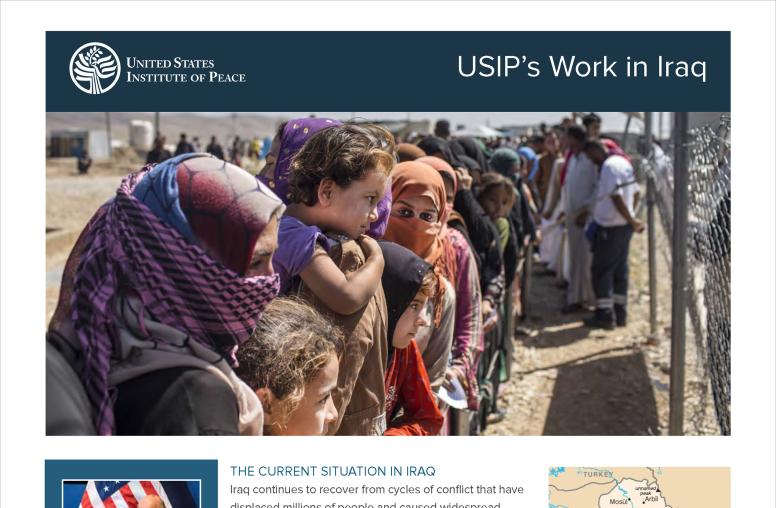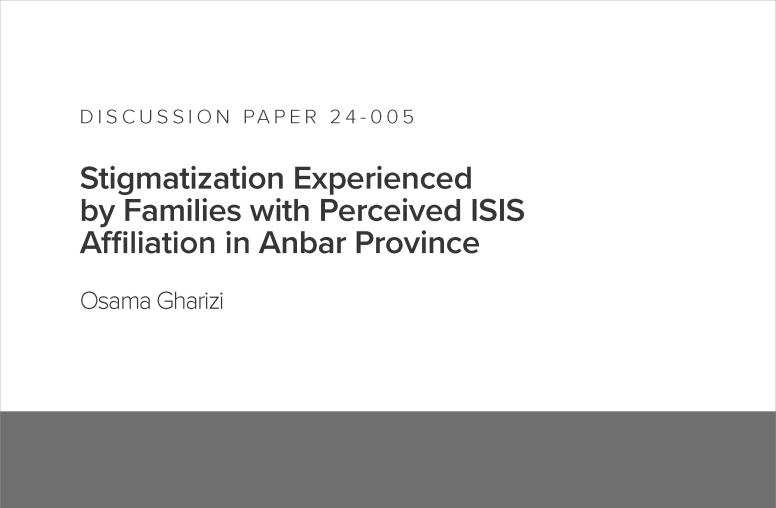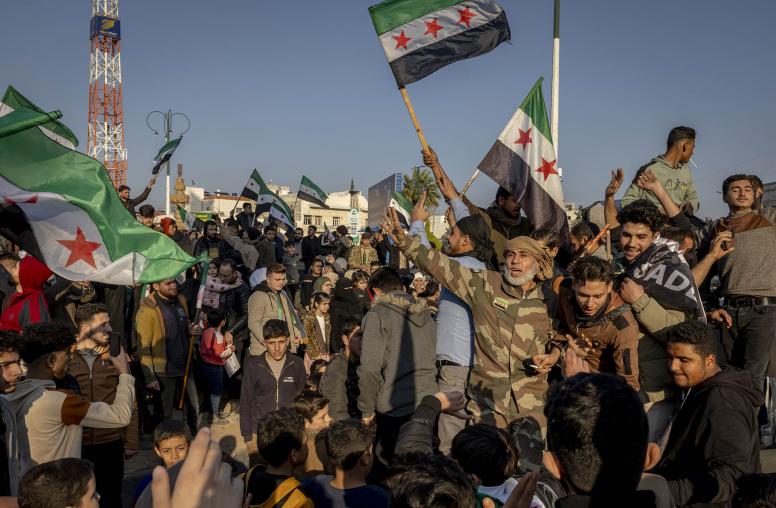How Women Can Help Build a Culture of Peace
For many in the United States, Iraq has become synonymous with violence and insecurity. For those who are from there and those of us who have had the privilege of spending time there -- working with Iraqis and building friendships -- we know that Iraq is not defined by violence. Iraq has a proud culture and history, and the vast majority of its citizens lead peaceful lives and are trying to build a better life for their families.

Iraq is not unique in this sense. The aspiration to live in peace and security is one of the most important things that unites us.
What disunites us and what gives rise to violence is the erroneous belief that we are separate. Science has recently been catching up to what spiritual leaders all over the world have been teaching all along.
We know from the field of quantum physics, for example, that everything is energy and that all living things are connected by a field of energy. We know from the science of DNA that we have infinitely more in common with the natural world than we ever imagined.
We may be different, but we are not separate. We are all connected.
Another false belief we have is that we are somehow hard-wired for violence. But there is no evidence of this. Concepts such as “survival of the fittest” have been misinterpreted and misused to justify this claim. The truth is that we are wired for cooperation and compassion. We would not have functioning societies at all if we weren’t.
Moreover, the results of research published in Foreign Policy magazine last year by academics in Texas showed that “the very best predictor of a state’s peacefulness is not its level of wealth, its level of democracy, or its ethno-religious identity; the best predictor of a state’s peacefulness is how well its women are treated.” This corroborated other studies that have shown that the larger the gender gap between the treatment of men and women in a society, the more likely a country is to be involved in internal and interstate conflict, to be the first to wield force in such conflicts, and to resort to higher levels of violence. The best predictors on matters of national health, economic growth, corruption, and social welfare, are also those that reflect the situation of women.
The Texas research, published in Foreign Policy last year, was conducted by a team led by Valerie M. Hudson, a professor and the George H.W. Bush chair at Texas A&M University. Their database rated countries based on several dimensions of women’s security from 0 (best) to 4 (worst). The world average is 3.04, which demonstrates the scope and severity of the problem of violence against women, even among the highly developed and free nations.
So the most important thing anyone, including women, can do to build a culture of peace is to improve the status of women. The general violence and insecurity in places like Iraq and Afghanistan, are often used as excuses to put the issue of women’s rights on the back burner. People say it’s not the right time, we have economic priorities, we have to contain the larger violence, etc.
But all violence is connected, and we now have plenty of empirical evidence that correlates women’s security with state security.
One of the first Iraqi women I met on my first trip to Iraq in 2008 was Dana, a young woman in her twenties who is a graphic arts instructor at a technical school in Baghdad. Dana told me that the classroom she taught in had no computers, it had no desks, and it had no chairs. She and her students sat on the floor. Yet she showed up for her students every day and scraped together supplies, even using leftover wall paint. She knew it would be better for the students to come to her class than be on the street.
There was one student, a 16-year-old boy, who looked despondent. So she sat and talked with him after class one day. She learned that the boy’s parents were pressuring him to join an armed group because they needed the money. Eventually, he gained the strength to move in with his sister and her husband. Thanks to Dana’s support, the boy didn’t join the armed group.
That’s building a culture of peace.
There’s Zainab, a 40-year-old attorney from Basra, a socially conservative area in southern Iraq, who runs her own NGO to combat violence against women. I first met Zainab at a dialogue workshop co-sponsored by USIP. She learned how dialogue can help bridge divides, and she subsequently found the courage to engage the conservative leadership in her community on women’s issues.
That’s building a culture of peace.
Women’s leadership in building a culture of peace is not rare, even in places like Iraq, where women still struggle for equality and security. It just doesn’t get noticed as much.
Still, prejudices and stereotypes keep women from working together effectively, and it weakens them as it weakens the whole society. Women who have gained political power, perhaps because of a society’s quota system, may lack experience and end up marginalized. Strengthening relationships with women from across the political and social spectrum puts them in a stronger position to accomplish positive changes. This is one reason that a significant area of focus for the Institute’s work with women in Iraq has been to build bridges among women from different backgrounds.
When we can dispel the falsehood that you and I are separate and we embrace the truth of our interconnectedness and interdependence, then we will all be taking actions that build a culture of peace.
Maria Jessop is a senior program officer in USIP’s Academy for International Conflict Management and Peacebuilding. This blog post is adapted from remarks she made on Aug. 23 to an audience at the Iraqi Cultural Center in Washington D.C. for a discussion entitled “The Role of Women in a Culture of Peace.”



